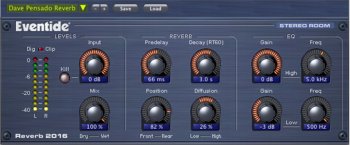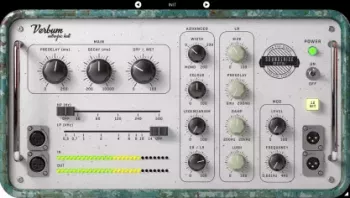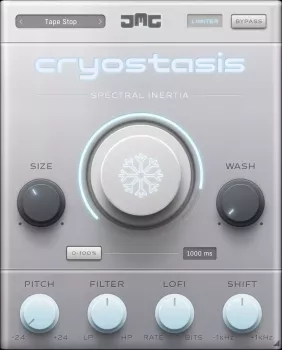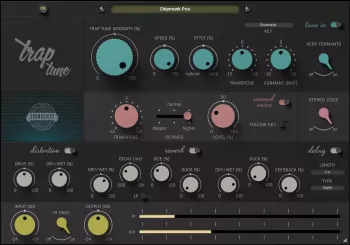Team AudioUTOPiA | Dec 19 2015 | 31.7 MB
英文简介:
THE LEGENDARY REVERB ALGORITHM OF EVENTIDE'S SP2016
Long used as an essential reverb for mixing hit records, the Eventide SP2016, while long discontinued, is still in use in places like Ocean Way. Creating a reverb algorithm is part art and part science.
The science bit is all about the naturalness of the sound - whether the simulation convincingly conveys the "feel" of a real room.
Some digital reverbs don't have the horsepower to run a sufficiently complex program to achieve "naturalness." Without enough processing power the effect will suffer from low echo density or unnatural density growth with time or comb filter effects, etc. As Einstein is alleged to have said "things should be as simple as possible, but no simpler." This principle certainly applies to reverb algorithms.
The art of reverb algorithm design begins with simulating a 'room' that actually sounds good. Needless to say, rooms exist in the real world that sound awful. The structure of the reverb algorithm combined with the choices of delay lengths, interconnects, filter placement, early reflections, etc. all contribute to the overall sound. The final element of the art of reverb design is the designer's choice of the ways in which, and the extent to which, the artist/engineer/producer is permitted to modify the effect. What are the parameters and what do they do?
The degrees of freedom available to the designer guaranty that no two (sufficiently complex) reverb algorithms will sound the same. Each will be unique. There are a number of popular digital reverberators for good reason. Each has a distinctive sound, each has a particular set of possibilities. The SP2016 reverbs have attracted a loyal user base because of a particular blend of art and science. They sound natural. They sound distinctive. And, although they allow the user to vary the effect dramatically, the controls can't be set in such a way as to create an unnatural sounding effect - this is a good thing.
The algorithms naturally simulate every aspect of the sound of a real enclosure - from the complex early reflections, to the natural way in which the echo density increases with time, to the smooth Gaussian decay of the reverb tail. A powerful simulation that lends itself to parametric control - a good thing indeed.
官网: https://www.eventideaudio.com/products/plugins/reverb/2016-stereo-room







评论0